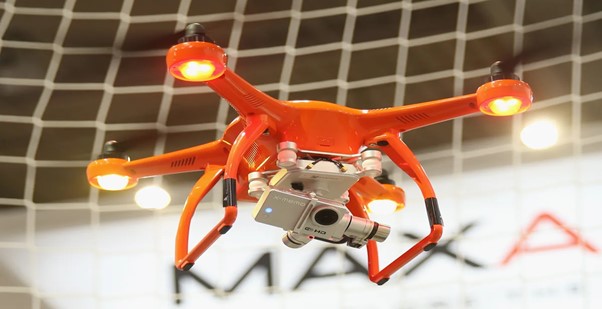The Impact of Drones on Journalism and News Reporting
Drones, or Unmanned Aerial Vehicles (UAVs), have revolutionized many industries, including journalism and news reporting. These flying cameras provide a unique aerial perspective, allowing journalists to capture breath taking visuals, cover breaking news from hard-to-reach locations, and enhance storytelling. As drone technology advances, it is transforming the way news is gathered and presented to audiences worldwide.
Introduction
Drones, or Unmanned Aerial Vehicles (UAVs), have revolutionized many industries, including journalism and news reporting. These flying cameras provide a unique aerial perspective, allowing journalists to capture breathtaking visuals, cover breaking news from hard-to-reach locations, and enhance storytelling. As drone technology advances, it is transforming the way news is gathered and presented to audiences worldwide.
Drones in News Coverage
Traditional news reporting often relies on ground-based cameras and helicopters for aerial coverage. However, drones have become a game-changer by offering cost-effective, high-quality footage without the logistical challenges of helicopters. News agencies use drones for covering protests, natural disasters, war zones, and large public events. The ability to fly over inaccessible areas provides journalists with unparalleled access to crucial footage.
Enhancing Visual Storytelling
The rise of digital media has made visual storytelling more important than ever. Drones help create dynamic video content, offering sweeping aerial shots that make news reports more engaging. Whether capturing the aftermath of a hurricane or providing an overhead view of a traffic crisis, drone footage adds depth and perspective to news stories. This enhances audience engagement and helps viewers understand the scale of an event more effectively.
Covering Natural Disasters and Crisis Situations
Drones have played a crucial role in reporting on natural disasters such as earthquakes, floods, and wildfires. Traditional news teams may struggle to reach disaster-stricken areas due to roadblocks, damaged infrastructure, or safety concerns. Drones, however, can fly into hazardous zones, capturing footage of the destruction and aiding relief efforts. This real-time information helps emergency responders assess the situation and coordinate rescue operations.
Investigative Journalism and Transparency
Investigative journalists are increasingly using drones to uncover hidden truths. Whether exposing environmental destruction, illegal deforestation, or human rights violations, drones allow reporters to gather evidence from locations that might otherwise be off-limits. Aerial surveillance provides transparency and helps hold governments and corporations accountable for their actions.
Challenges and Ethical Concerns
Despite their benefits, drones in journalism come with challenges:
Privacy Issues: Drones can capture footage of individuals without their consent, raising ethical concerns about surveillance and personal privacy.
Regulations and Restrictions: Many countries have strict drone laws, limiting where and how journalists can operate UAVs.
Safety Risks: Flying drones in crowded areas or near emergency zones can pose risks to public safety and interfere with rescue operations.
Misinformation and Manipulation: Drone footage can be edited or misinterpreted, leading to potential misinformation in news reports.
Legal Regulations for Journalistic Drones
Governments worldwide have imposed regulations to ensure drones are used responsibly in journalism. Reporters must obtain special permits, follow no-fly zone restrictions, and comply with local aviation laws. In some countries, drone usage for news reporting is subject to approval from regulatory bodies. Navigating these legal complexities is essential for media organizations to avoid fines and legal consequences.
The Future of Drones in News Reporting
As drone technology continues to improve, its role in journalism will expand. Advanced AI-powered drones may soon provide automated news gathering, real-time data analysis, and even live-streaming capabilities. With better battery life, higher-quality cameras, and improved flight stability, drones will become an indispensable tool for modern journalists.
Conclusion
Drones have transformed journalism by providing unique aerial perspectives, enhancing visual storytelling, and enabling coverage of inaccessible locations. While ethical and legal challenges remain, responsible drone usage can enhance the accuracy and depth of news reporting. As technology advances, drones will continue to shape the future of journalism, making news more engaging, informative, and impactful.
.png)






Leave a Comment
Your email address will not be published. Required fields are marked *